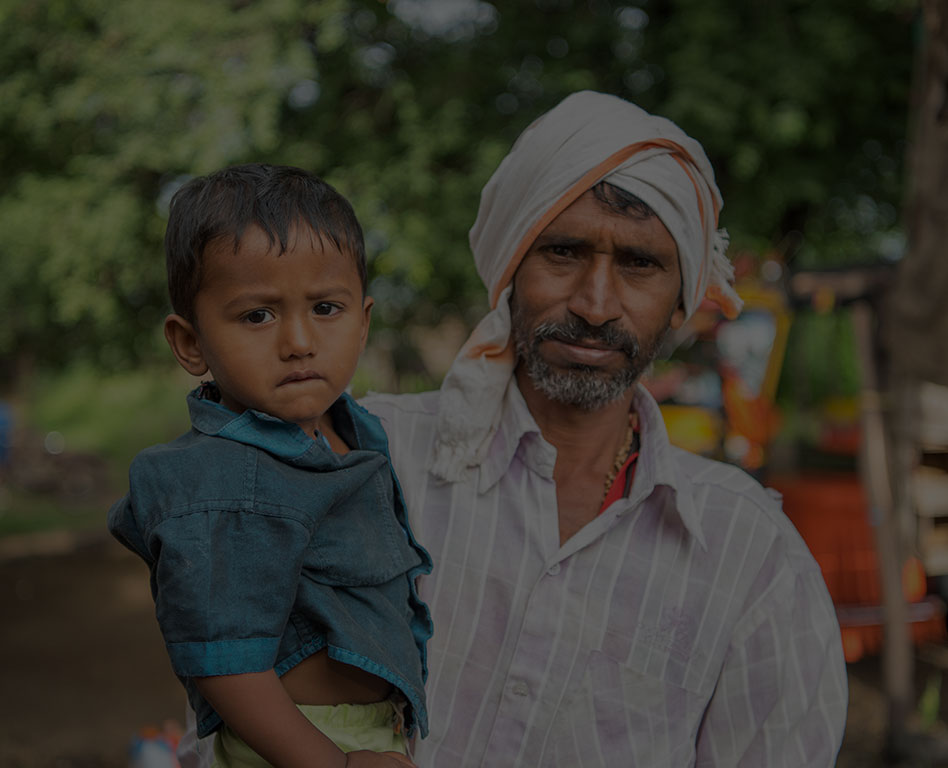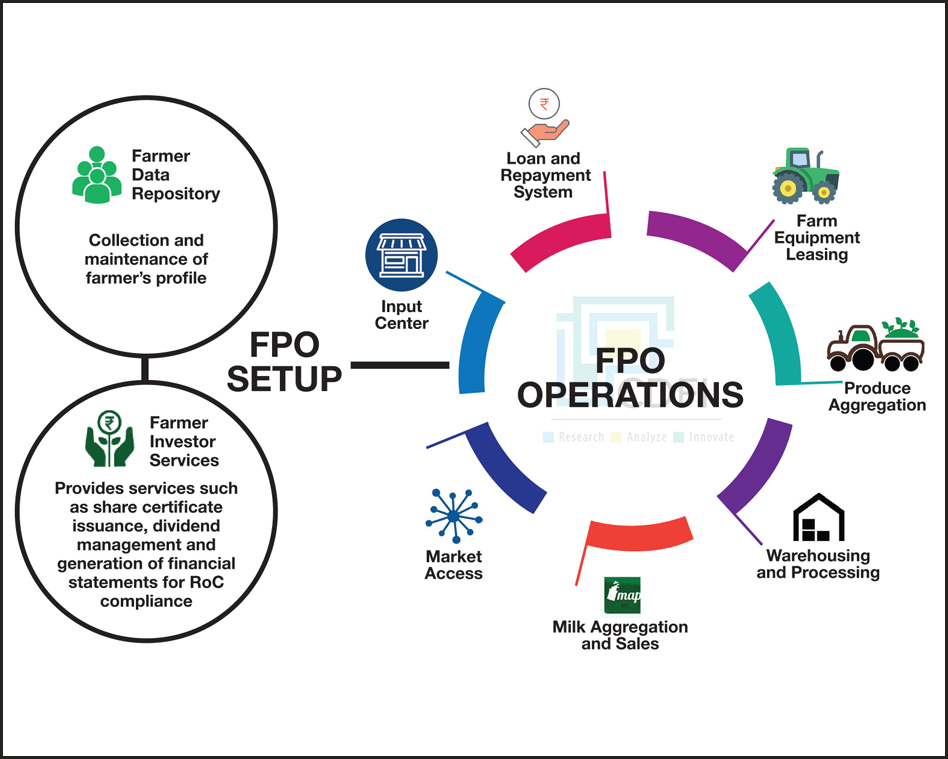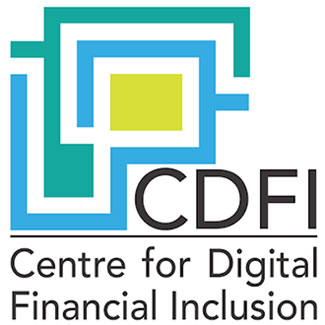
Jun 25 2016
Backbone Of Welfare: The Social Security Platform

The Problem
As the Indian economy grows larger, it becomes imperative for the state to protect its most vulnerable citizens, promote desirable behaviors and incentivize development in key areas. Thus, we see arrangements protecting citizens from the ills of unemployment, disease, environmental damages, hunger etc. However, as with any form of administration, the implementation of these schemes has run into logistical issues on the ground.
The sheer size of the Indian population makes data collection a monumental task, while the rapidly evolving lives of individuals soon makes this data obsolete. Thus, many disadvantaged individuals can often fall through the cracks of the social security system. This data is also used by the executive and legislative bodies to draft schemes, policies, and inaccurate data can lead to schemes that are not clearly targeted, or effective.
Furthermore, the existence of multiple schemes carried out by different agencies, using varied systems of classifications, looking at multiple data sets from different time periods makes the integration of these schemes an impossible task. This reduces the efficiency of the schemes, forcing government agencies to duplicate work thereby delaying the delivery of much-needed services to citizens.
Lastly, this inefficiency imposes a hefty cost on beneficiaries as well. Citizens are forced to make multiple journeys to approach different agencies to open their accounts and update their records. These costs, along with the delays resulting out of the inefficiencies of collection and implementation, breed apathy among citizens which further complicates data collection and implementation.
The solution
Till very recently, data collection and scheme implementation costs were impossible to avoid. In addition, official communications were restricted to written medium, as digital communication didn’t have the penetration to be thought of as a possible replacement. This meant that even the most fine-tuned system could not avoid onerous delays and inefficiencies.
However, the telecommunication revolution in India over the past decade has changed this scenario. With over a billion subscriptions, and 220 million smartphone users, mobiles have become ubiquitous in the country. The private sector has quickly adapted to this revolution, with e-commerce booming all over the country.
This development has created an opportunity for the state to shed the inefficiencies inherent in the previous system through the creation of a social security platform (SSP) that will create one single interface for the beneficiaries and their providers to deliver public benefits in a rational, objective, convenient and targeted approach.
The project calls for the creation of a Unified Household Database that will allow the state to design programs using common data, which will enable easier workflows, greater integration and maximization of impact. Apart from mobile data, the interface also hopes to build on successful projects like the Aadhar Card scheme. It will also make availing these benefits easier for citizens, who will now have a single point of contact for all schemes, where they will be able use their pre-existing accounts for new schemes, and where they will be able to update their records in a hassle free manner, something that will enable the state to keep updated records to increase their impact, and fine tune their reach.
Thus, instead of having to travel to one office to register under MNREGA, another for PDS and yet another for RSBY, citizens will simply have to approach their local post office, or Anganwadi to avail all these benefits, record any births, marriages, deaths etc.
India would be wise to take cues from the European Union, who adopted the Electronic Exchange of Social Security Information (EESSI) as a means to improve co-ordination and communication across the EU and European Economic Area, so that citizens taking advantage of the freedom of movement were in no way hampered by inefficiencies in the social security schemes. Thus, the EU created a unified IT system that enabled cross border exchanges of information, strengthening citizens’ rights across 32 nations in the economic bloc. They collected information from each country’s respective national database, and pooled it into a singular supranational database that could be accessed and updated by competent institutions across the region, creating the same positive feedback loop mentioned above.
Indonesia has also created a Unified Database in 2012 that has been used to reduce inter-departmental inefficiencies and create more targeted schemes. While this database allowed government schemes to cast a far wider net, it faced the same issues of stagnant data that has forced the government to undertake a data-collection drive in 2015.
Colombia has been using a unified database (called the SISBEN database) for assessing household vulnerability and integrating data collection & management since 1995. This has aided a transition from supply-driven public subsidies to the demand-driven service provisioning (like cash transfers). It has led to co-ordination between schemes providing benefits in sectors such as health, agriculture, unemployment, childcare etc.
There are many challenges for SSP, like creating common parameters and definitions for extremely different schemes, integrating inter-state operations and creating standards that ensure citizens consent is sought before sharing confidential data. However, the early signs are promising, and there is good reason to believe this scheme can significantly improve the provision of services in India, and create a lasting solution for problems that have dodged our government for decades.
Recent Posts





